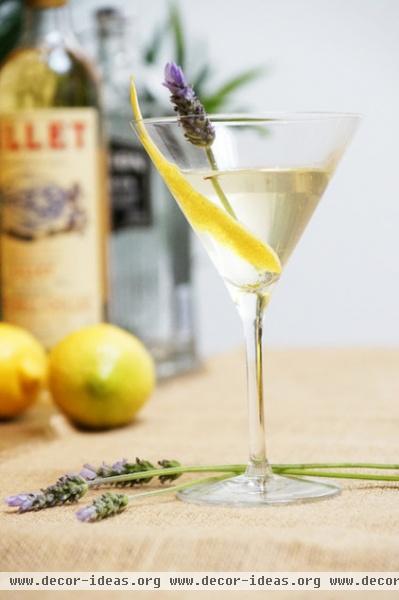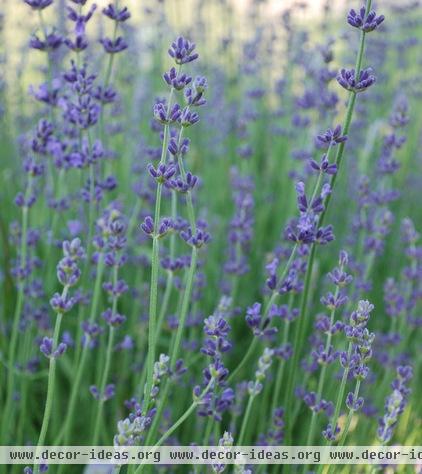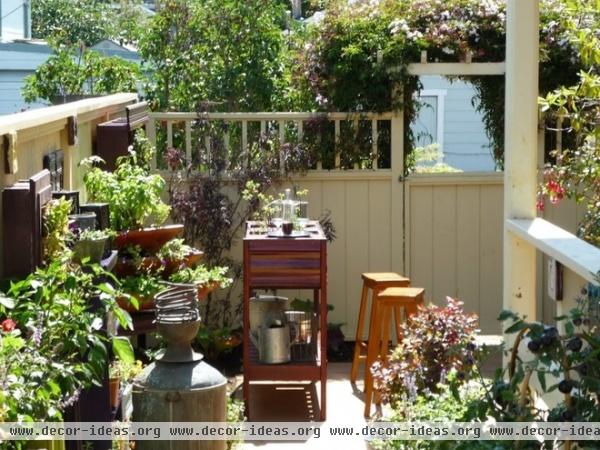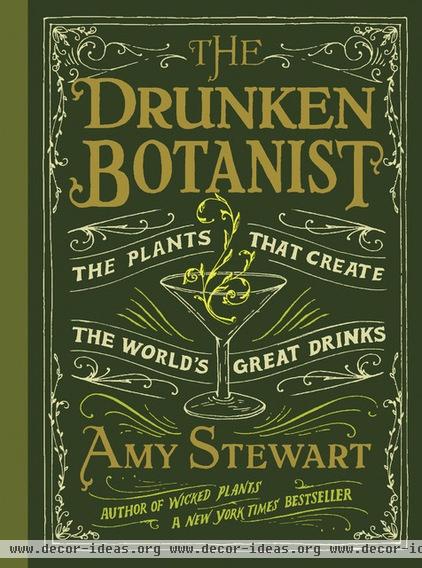How to Grow Your Own Cocktail Garden
Spring is here. Gardeners and local food enthusiasts are growing ingredients for their lunches and dinners, but how about for their drinks? Amy Stewart, author of the New York Times bestseller The Drunken Botanist, has forged a different path into edible gardening, focusing on our lengthy, and alcoholic, ties to plants.
“We’ve been making alcoholic beverages from plants for at least 10,000 years, and probably longer,” Stewart says. “What I wanted to do with this book was to get people to appreciate our long and storied history with plants and alcohol.”
In the book, Stewart examines hundreds of plants — from rye to jasmine to fir trees — that have found their way into what we imbibe. “When you walk into a liquor store today, you are seeing bottled plants from all over the world,” she says.
With the exception of the cheapest products, everything in a bar or liquor store is made from natural ingredients. Here, Stewart graciously shares her tips for spring gardening — a martini.

“I’m a big fan of Lillet in the spring,” Stewart says. Lillet (pronounced li’le) is a French aperitif wine infused with orange liqueur and quinine, a crystalline compound found in the bark of the cinchona tree. “It’s wonderful chilled all by itself in a wine glass, or on the rocks, but you can make some nice cocktails with it, especially with gin.”
Extensive research led Stewart to the label of a Dry Fly gin bottle, where she saw that lavender was listed as an ingredient. From there she concocted a lavender martini recipe, replacing the dry vermouth with Lillet. “Both are made from wine, and both are infused with herbs,” she says. “Lillet is floral and somewhat sweet, whereas dry vermouth is more dry and bitter.”
Stewart explains that gin and lavender go hand in hand. “There’s always a floral element to gin,” she says, “so adding a little lavender really accentuates it. Also, the citrus is important because citrus helps to amplify floral notes in cocktails the same way it does in perfume.”

Lavender Martini
4 sprigs fresh lavender or a couple of tablespoons of dried lavender buds
1.5 oz gin (Aviation and Dry Fly are both made with lavender. Hendrick’s is also an herby choice.)
0.5 oz Lillet Blanc
Lemon peel
1. Muddle the lavender with the gin in a cocktail shaker.
2. Add the Lillet and stir with ice.
3. Strain into a cocktail glass. If you don’t want any lavender buds ending up in your cocktail, double strain it with a fine mesh strainer over the glass before pouring.
4. Garnish with a lemon peel and a lavender sprig if you have one.
Botanical cocktail trivia: How many trees are in this cocktail? You may be surprised to hear there are four. The Dry Fly contains apples, so that’s one. Lillet contains quinine (a tree bark) and oranges, so that’s three. The lemon peel is four. See what your friends think of that.

Growing the Cocktail
Distilling your own gin and Lillet may be a little more ambitious than you’d like from a cocktail garden, but growing the garnishes can be easy.
Lavender. Though a native of the Mediterranean, lavender has found a home in many climates far from its origin. Whether you grow it for its appearance, as a garden pollinator attractor or as a garnish for food and drink, lavender is one of the easiest plants to grow — in the ground or in a container, always at arm’s reach from the bar. Stewart suggests using English lavender (Lavandula anguistifolia), as its flavoring is somewhat sweeter than other varieties.
See how to grow lavender

Though some herbs and edibles make more popular alcoholic companions, plant to your taste. Stewart, who transformed her own yard into a cocktail garden, shown here, grows plants she would want in her own drinks and advises others to do the same. “If you don’t like cilantro, you’re not going to like it in a cocktail, so don’t grow it.”
It’s also important to be realistic about your climate. “Maybe you love pomegranates and want to make your own grenadine from pomegranates on your own tree, but if you live in a climate where pomegranates don’t grow, try to learn to love the plants that do grow where you live.”
Most important, have fun experimenting with the edibles in your yard. “There are no edible plants that couldn’t go into a cocktail, and I’m sure they all have at one point or another,” Stewart says.

Interested in learning more about plants and cocktails? Purchase your own copy of The Drunken Botanist online or visit The Drunken Botanist website for more great info.
Amy Stewart kicks off her national book tour to promote The Drunken Botanist on April 1 in Palo Alto, California. Check to see if she’s visiting your town.
More: See growing guides for more herbs












